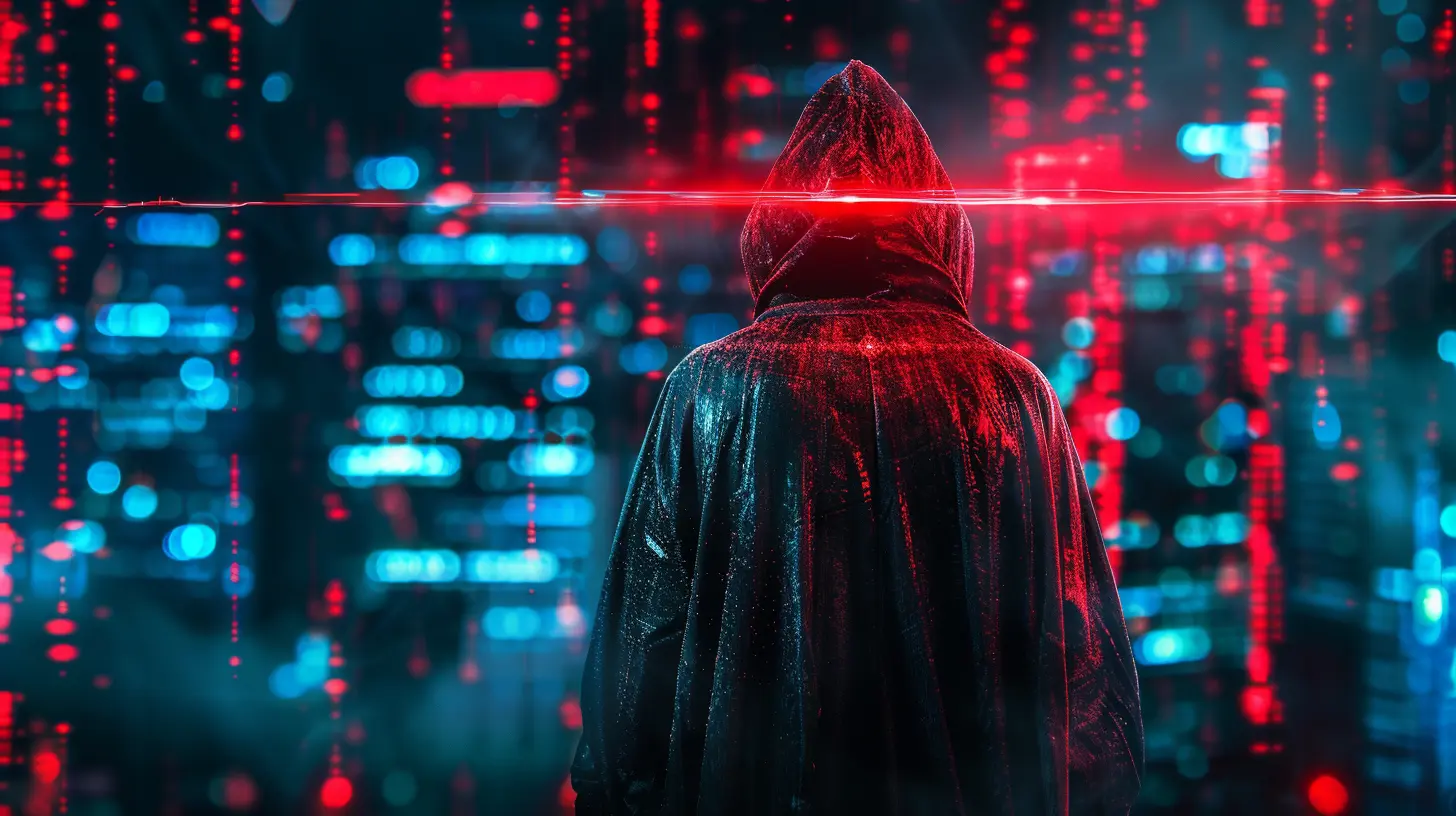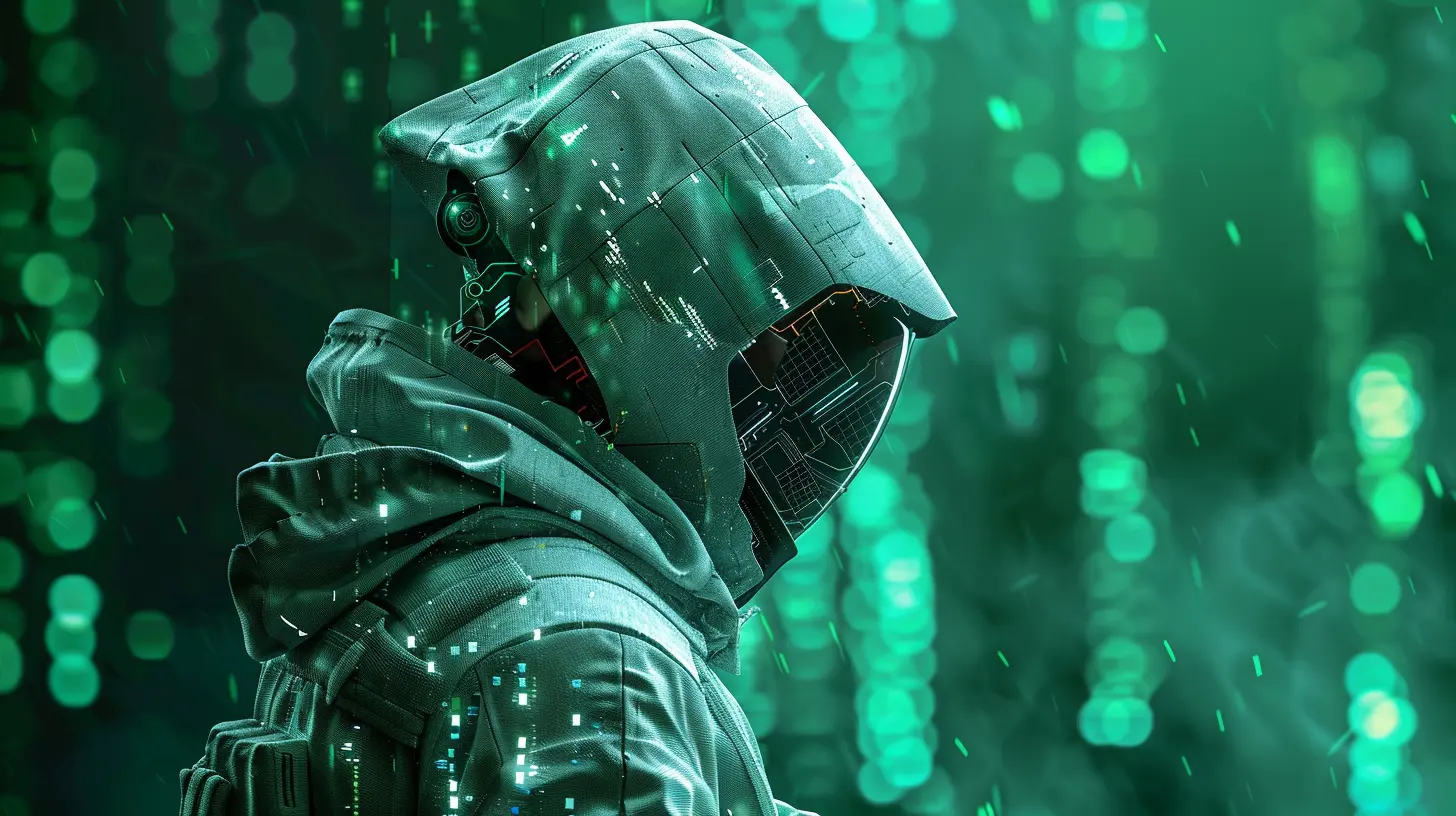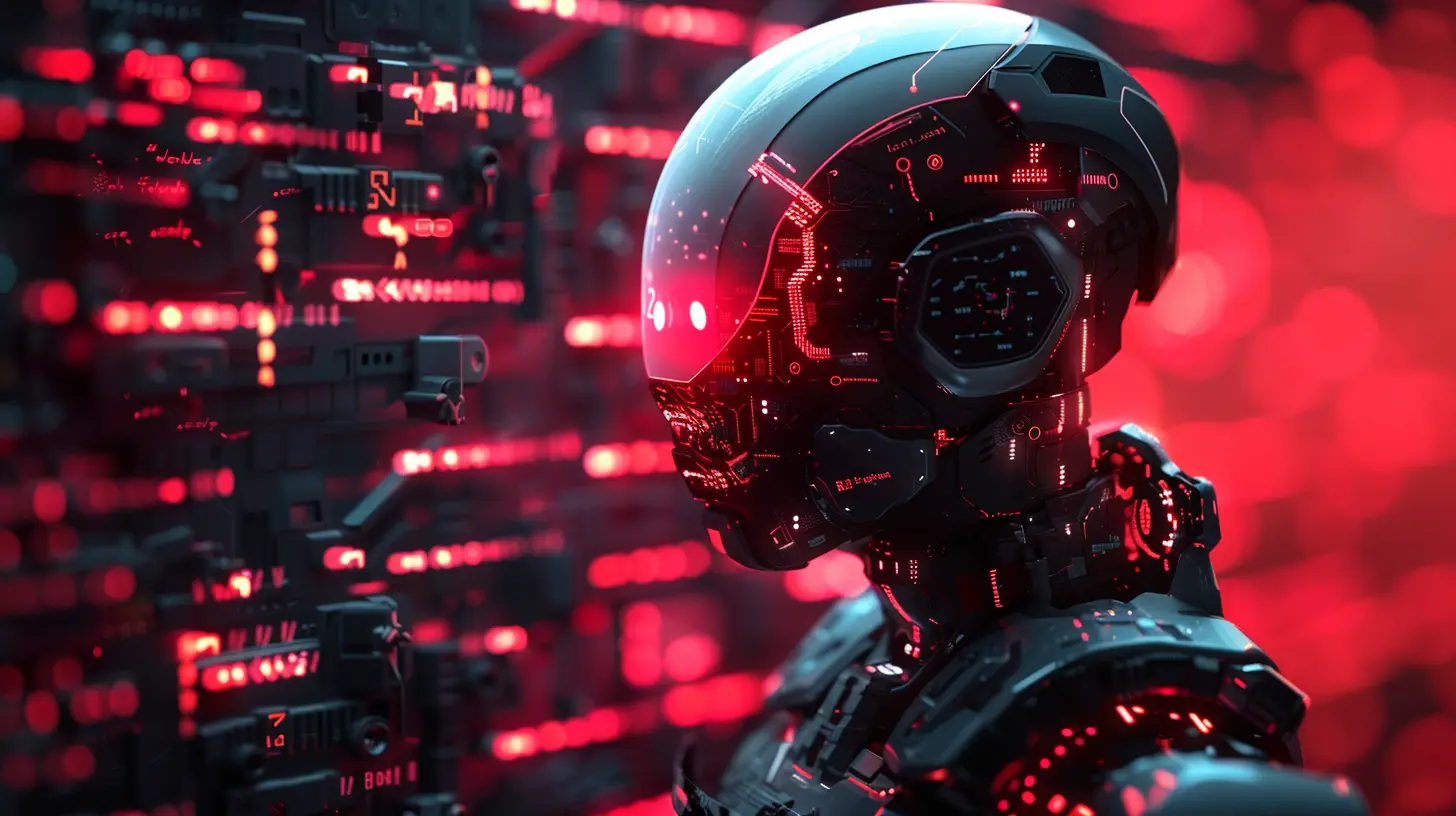How Hackers Use AI for Cyber Attacks: The Double-Edged Sword
28 June 2025
Artificial Intelligence (AI) has come a long way in the past decade. From recommending your next binge-watch on Netflix to helping doctors detect diseases early, AI is transforming our lives for the better. But here’s the plot twist—while AI is busy being the superhero in many industries, it’s also moonlighting as the villain in the cyber underworld. Crazy, right?
Yup, hackers are now leveraging AI to pull off cyber attacks that are smarter, faster, and way sneakier than ever before. And that’s what makes it a double-edged sword. In this article, we’re going to break down how this is happening, why it's such a big deal, and what it means for the rest of us trying to stay safe online.
The Rise of Artificial Intelligence in Cybersecurity
Let’s kick off with the good stuff, just to appreciate the contrast. AI has radically improved cybersecurity. Imagine a tireless guard dog that never blinks, eats, or sleeps—that’s AI in the cyber world. It’s used for everything from spotting unusual network activity to blocking phishing emails and picking up on zero-day vulnerabilities. And it learns as it goes, getting smarter with every cyber incident it analyzes.But hold on, if defenders can use AI to protect systems… why wouldn’t attackers use it to break them?
The Other Side of the Coin: How Hackers Use AI
AI is neutral. It’s like a power tool—it can build a house or break into one. And hackers? Well, they’ve figured out exactly how to use AI to up their game.1. Smarter Phishing: AI Can Write Emails Too
You’ve probably received an obviously fake phishing email before, right? Full of spelling errors and weird grammar—it practically screams “SCAM!”Not anymore.
Hackers are now using AI language models (like GPT-based systems) to craft emails that sound incredibly human. They mimic tone, grammar, and even corporate lingo. These emails can trick even the savviest users into clicking on malicious links or sharing sensitive info.
And here’s the kicker—since AI can generate these emails at scale, hackers can launch massive phishing campaigns in no time.
2. Deepfakes: Faking Reality Has Never Been Easier
Remember the good ol’ days when a simple password was enough? Yeah, those days are gone.Now hackers are using AI-generated deepfakes—fake audio and video that look and sound eerily real—to impersonate executives, coworkers, or even loved ones. Imagine getting a video call from your “boss” asking for a quick fund transfer. Without video verification tools, who’d second-guess it?
There have already been reports of companies being tricked into wiring millions thanks to deepfake audio that sounded just like the CEO.
Spooky, right?
3. Password Cracking on Steroids
Brute-force attacks used to be hit-or-miss because they relied on trying countless password combinations manually. But AI has changed the game.Now, AI-driven tools can analyze common password patterns, guess what you might use based on your social media activity, and adapt their methods in real-time. It’s no longer trial and error—it’s pattern prediction.
Hackers with access to AI-based password cracking tools can compromise weak accounts in seconds. So yes, “123456” isn’t cutting it anymore.
AI-Powered Malware: Smarter, Sneakier, Deadlier
Let’s talk malware—the digital version of a Trojan horse. Traditional malware was already a pain. But AI-powered malware? That’s next level.Adaptive Malware
With AI, malware can now adapt its behavior depending on the antivirus software or firewall it encounters. It’s like a chameleon—it changes its code signatures just enough to avoid detection.This means malware isn’t just “built and deployed” anymore. It’s a living, breathing creature that evolves on the fly, making it insanely hard to pin down.
Polymorphic Malware
This isn’t science fiction—it’s actually happening. Polymorphic malware uses AI to alter its “appearance” every time it infects a new system. No two versions of it are the same. Try catching a criminal when they wear a different disguise each time they commit a crime—it’s like that.
The Weaponization of Machine Learning: Hackers Learn Too
Machine learning (ML) is a subset of AI that learns patterns from data. Hackers use it to:- Sniff out vulnerabilities in software
- Predict employee behavior (like when you typically log in)
- Map out a company's digital infrastructure
So instead of brute-forcing their way into a system, they wait, watch, and strike with precision. It’s almost like cyber attackers have become digital snipers rather than smash-and-grab crooks.
AI as a Service: The Cybercrime Marketplace
Here’s where it gets even more disturbing—you don’t need to be a tech genius to launch an AI-powered cyber attack anymore. Everything’s for sale in the dark corners of the internet.Malware-as-a-Service (MaaS)
This isn’t new, but now it has an AI twist. Cybercriminals can rent AI-powered malware, phishing kits, and attack tools. Some of them even come with customer service (I wish I were joking).Imagine being a low-level hacker with no skills, but you still manage to compromise a business using AI tools you bought online. That’s where we are.
The Psychological Side: Social Engineering Meets AI
AI doesn’t just work with code. It understands human behavior. And when hackers combine that knowledge with social engineering, the results can be devastating.AI can analyze a person’s social media and predict how they think, talk, and act. That makes the phishing emails and phone calls way more convincing. It's not just “Dear Sir/Madam” anymore—it’s “Hey John, hope your dog Bruno is feeling better!”
Creepy? Absolutely. Effective? You bet.
Why This Should Concern You (Yes, You!)
Maybe you’re thinking, “I’m just a regular person. Why would hackers target me?”Well, here’s the thing—everyone’s a target. Hackers don’t need to go after billion-dollar corporations all the time. Sometimes, it’s easier (and profitable) to hit thousands of everyday users with ransomware or steal login credentials to sell on the dark web.
AI makes it cheap and easy for hackers to scale those attacks. You might not be the main course, but you're definitely on the menu.
How to Protect Yourself and Your Business from AI-Powered Attacks
Don’t panic. Just because hackers are using AI doesn’t mean you’re helpless. In fact, awareness is your strongest first line of defense.Here are some practical tips to stay ahead:
1. Use Strong, Unique Passwords
And we mean really strong. Use a password manager to generate and store them safely. Avoid using the same ones across multiple sites.2. Enable Multi-Factor Authentication (MFA)
Even if they have your password, MFA blocks access unless they can provide another verification method. It’s like having a second lock on your digital door.3. Stay Updated
Always update your software, apps, and operating systems. Patches fix known vulnerabilities that hackers love to exploit.4. Educate Your Team
If you’re a business owner, run regular cybersecurity training. Show your team real phishing examples. The more they know, the less likely they’ll fall for AI-driven cons.5. Use AI for Defense Too
Fight fire with fire. There are AI-driven cybersecurity tools available that can detect threats faster than traditional systems. Think of it as hiring your own digital security guard.The Future: Can We Keep AI in Check?
This is the million-dollar question. AI is evolving so fast, regulations and ethics are struggling to keep up. On one hand, it’s making our lives easier and safer. On the other hand, it’s arming hackers with tools that were unimaginable just a few years ago.We’re essentially in an arms race—AI versus AI. The solution? Collaboration. Governments, tech companies, and users need to work together to build better, smarter defenses.
Otherwise, we’re left with a powerful tool that could either save or sabotage us.
Final Thoughts
AI is amazing. It’s helping us achieve things we never thought possible. But like any powerful tool, it depends on who’s using it.Hackers using AI for cyber attacks is no longer science fiction—it’s our new reality. The only way to keep up is to stay informed, stay alert, and adapt with the same speed and intelligence that hackers are showing.
The sword is sharp on both sides. Let’s make sure we’re the ones holding the handle.
all images in this post were generated using AI tools
Category:
Cyber ThreatsAuthor:

John Peterson
Discussion
rate this article
2 comments
Enid Lawrence
This article effectively highlights the dual nature of AI in cyber threats. It’s crucial to recognize both the risks and opportunities AI presents in cybersecurity. Continued education and proactive measures are essential to mitigate these emerging threats.
October 24, 2025 at 2:28 AM

John Peterson
Thank you for your insightful comment! It’s vital to balance awareness of AI's risks with the opportunities it offers for enhancing cybersecurity.
Zylith McFarlin
Insightful perspective on AI risks.
July 1, 2025 at 12:30 PM

John Peterson
Thank you! I appreciate your feedback on the complexities of AI in cybersecurity.


